A musical hoax is sometimes described as a musical forgery or mystification. It basically refers to a work of music composed by an individual and intentionally misattributed to someone else. Most frequently, such music hoaxes are attributed to historical figures of easy recognition, but attributions to non-existing historical individuals also appear. We thought it would be great fun to listen to some of classical music’s best hoaxes.
The Kreisler Scandal
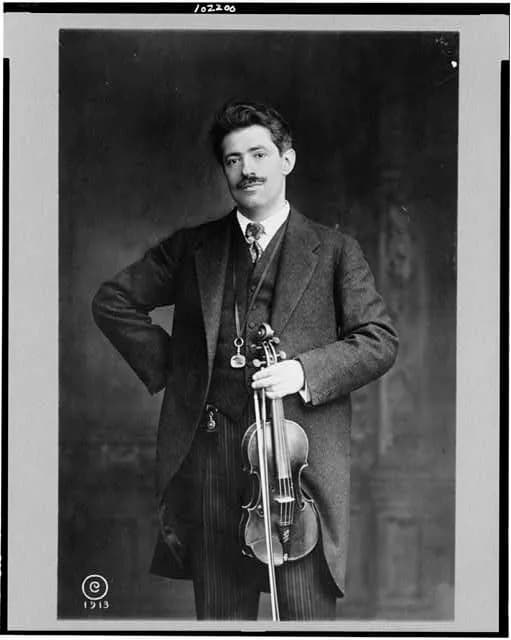
Fritz Kreisler
Let’s get started with the grandfather of all musical hoaxes, the violinist Fritz Kreisler (1875-1962). The violinist was at the vanguard of the emerging music recording industry, and he delighted audiences with performances of lost classics by famous composers. According to Kreisler, he personally discovered manuscripts of unknown compositions by Corelli, Pugnani, Vivaldi, and Couperin in a French monastery. Audiences were enchanted to hear yet another unknown masterpiece.
However, on Kreisler’s 60th birthday on 2 February 1935, the violinist unapologetically confirmed that he had been the composer all along. The music industry was outraged, but Kreisler pointed out “that it should make no difference who wrote the works as long as people enjoyed them. The name changes, the value remains.” Clearly, audiences agreed with Kreisler’s assessment as his popularity skyrocketed following the scandal.
Fritz Kreisler: Violin Concerto in C Major (attr. Vivaldi)
The David Popper Ruse
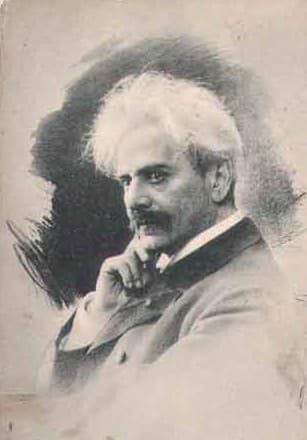
David Popper
David Popper (1843-1913) was one of the last great cellists who played without an endpin. His tone was described as “large and full of sentiment, and his execution highly finished, and his style classical.” Popper was not only a fantastic cellist, but also a highly prolific composer. He composed four cello concertos to his name and stunned audiences at the Crystal Palace in London on 1 December 1894 with the premiere of a newly discovered cello concerto by Joseph Haydn. According to Popper, during a concert in Vienna, a man handed him a few sheets of wrinkled manuscript papers, claiming that they were sketches for a cello concerto by Haydn.
Initially, so the anecdote relates, Popper was skeptical, but a few years later he judged them to be genuine themes by Haydn. He worked them into a concert form in three movements and provided the piano accompaniment and orchestration. The Popper “Haydn” concert was published in 1899, but questions started to be raised as the original sketches could not be found. As the Musical Times wrote in 1895, “Unfortunately, the evidence adduced is inconclusive, but the concerto is decidedly pleasing in character. If not written by Haydn, it is certainly thoroughly Haydnesque both in form and spirit.” You can be the judge, as the concerto was taken up by a number of eminent cellists, including the fabulous Mstislav Rostropovich.
David Popper: Concerto for violoncello in C Major, (attr. J. Haydn)
The Marius Casadesus Hoax
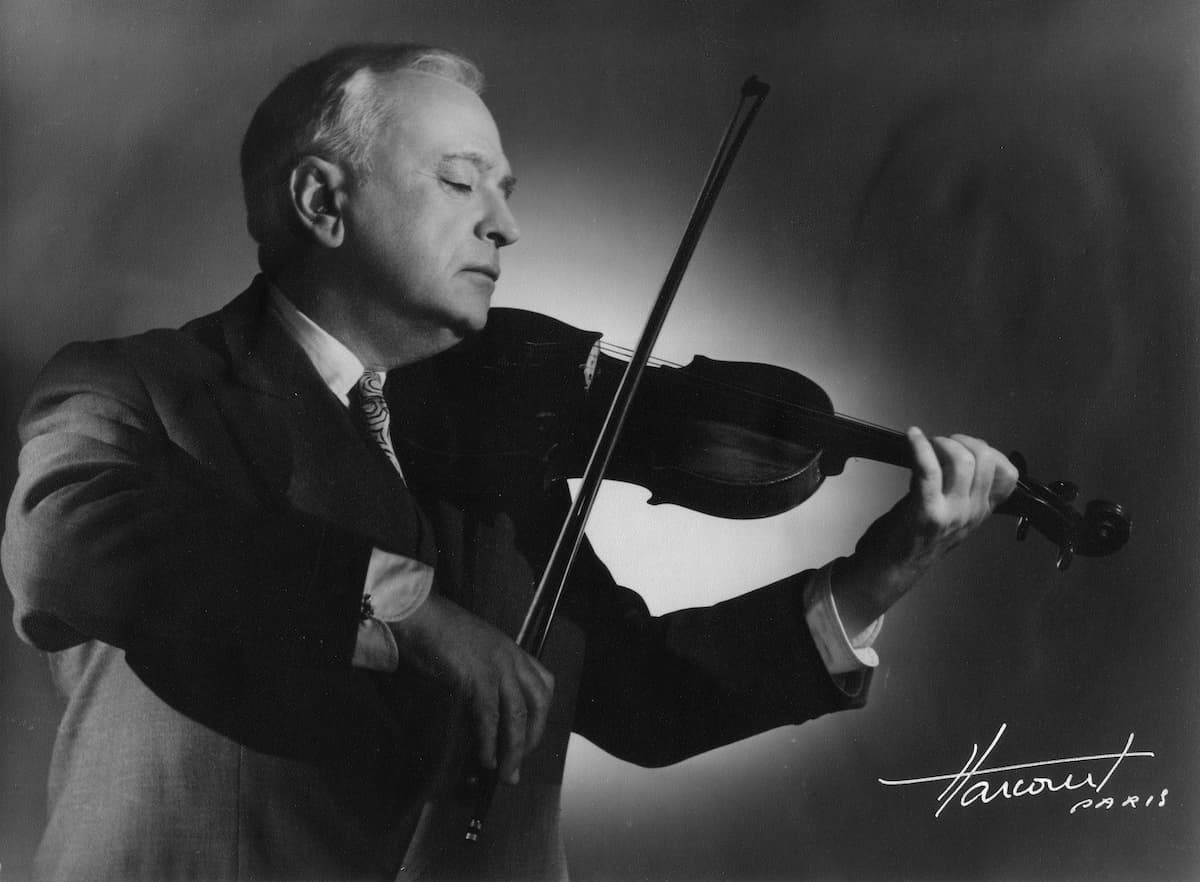
Marius Casadesus in 1957
The supposed musical discovery of the 20th century took place in 1933. The Hungarian violinist Jelly d’Aranyi stepped onto the London stage and performed a completely unknown violin concerto by Wolfgang Amadeus Mozart. The performance caused an absolute sensation, and the score turned out to be an arrangement by the French violinist Marius Casadesus. Casadesus claimed that he had arranged the work from a manuscript by the ten-year-old Mozart, with a title page containing a dedication to “Madame Adélaïde de France,” the eldest daughter of Louis XV, and dated “Versailles May 26, 1766.”
Things got interesting in a hurry when scholars were not allowed to see the autograph score, and young Mozart had actually arrived in Versailles 2 days after the dedication. In addition, father Leopold Mozart did not include the work in the catalogue of his son’s works. Some people called it “a hoax ala Kreisler,” but the musical world really wanted to believe in a new Mozart concerto. As such, the “Adélaïde Concerto” was assigned a Köchel number, and Yehudi Menuhin made a famous recording. Only in 1977, during some heated litigation concerning royalties, did Marius Casadesus admit that he was the actual composer.
Wolfgang Amadeus Mozart: Violin Concerto in D Major, K. Anh. 294a, “Adelaide” (Yehudi Menuhin, violin; Paris Symphony Orchestra; Pierre Monteux, cond.)
The Henri Casadesus Viola Pranks
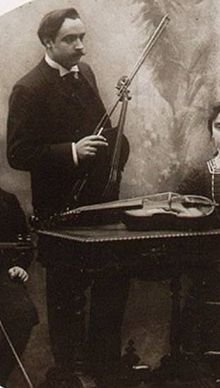
Henri Casadesus, c 1900
It’s easy to be dismissive of Kreisler’s and Marius Casadesus’ misattributions, but it is worth remembering that these “forgeries” appeared during a time when the avant-garde and 12-tone followers were aggressively shouting down the old musical system. The Casadesus family was one of the most prominent French artistic families, an integral part of the international classical music landscape. Music lovers almost certainly remember the pianist Robert Casadesus, who collaborated with Maurice Ravel. And Henri Gustave Casadesus (1879-1947), uncle of Robert and brother of Marius, had his own musical surprises ready.
Henri was a gifted violinist, and together with Camille Saint-Saëns, he founded the Society of Ancient Instruments in 1901. They performed on Baroque period instruments and introduced eager audiences to a number of unknown musical masterworks by famous masters. Henri “found” violin concertos by George Frideric Handel and Luigi Boccherini, and two famous viola concertos by Carl Philipp Emanuel and Johann Christian Bach. The concertos appeared in various editions and were performed and recorded by Darius Hilhaud and Felix Prohaska. It was pretty obvious from the beginning that Henri composed all those works himself, a charge he never denied.
Henri Casadesus: Concerto for Viola in C minor, (attr. Johann Christian Bach)
The Remo Giazotto Deception

Remo Giazotto/Albinoni: Adagio in G minor
The Italian musicologist and critic Remo Giazotto (1910-1998) is not necessarily a household name. He taught music history at the University of Florence and authored studies on the music history of Genoa. Contributing to a number of music dictionaries, Giazotto also authored romanticized biographies of various composers, including Vivaldi, Viotti, Stradella, and Tomaso Albinoni. By far his most famous publication, however, was a short “Adagio in G minor” that he attributed to Albinoni.
When Giazotto was working on his biography of Albinoni in a German library, he claimed to have found a fragment of an Albinoni composition. That fragment supposedly contained snippets of a melody and a supporting continuo part. Relying on the stylistic features of the Italian Baroque, Giazotto “completed” the fragment, and the Italian publisher Ricordi published the “Albinoni Adagio” in 1958. It all sounds pretty plausible up to a point, however, the mysterious Albinoni fragment was never located or examined. Initially, Giazotto stated that he had merely arranged the work, but subsequently revised his story and claimed that it was his original composition.
Remo Giazotto: Adagio in G minor (attr. Albinoni)
The Nanny Trickery
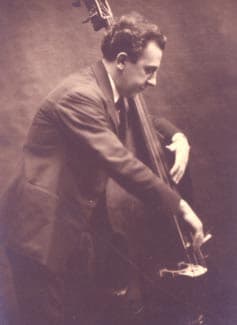
Édouard Nanny
The French double bass player Édouard Nanny (1872-1942) was a long-time professor at the Paris Conservatory. He penned an important collection of pedagogical works and gained some international exposure as a composer during his lifetime, but he was really only popular in France. Among his most famous works are a Concerto in E minor, and a Concerto in A major attributed to the Italian double bass virtuoso Domenico Dragonetti (1763-1846).
The basic story is a familiar one by now. Nanny supposedly discovered a manuscript of the concerto in the British Museum Library, however, no such manuscript could ever be found. The answer to the Nanny trickery might be located in his friendship with Stuart Sankey, an important double bass pedagogue. When Sankey needed a work for double bass that could be sold quickly Nanny agreed, and he provided his Concerto in E minor under his own name. Since Nanny was not really famous as a composer, the work did not sell and the two accomplices decided to publish another concerto by Nanny, but this time attributed to Domenico Dragonetti. The “Dragonetti” concerto became immediately popular, but as you can hear, it has stylistically very little in common with Dragonetti’s music.
Édouard Nanny: Concerto for Double Bass in A Major, (attr. Dragonetti)
The Michel Deceit
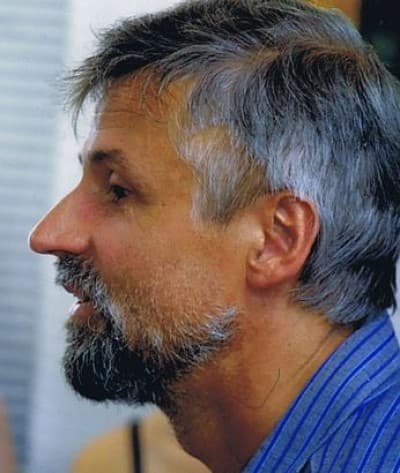
Winfried Michel
The German recorder player, composer, and editor of music Winfried Michel has published a number of compositions under his own name. In addition, he also published numerous pieces in the style of the early 18th century under the pseudonym Giovanni Paolo Simonetti. However, his main claim to fame was the supposed discovery of six long-lost piano sonatas by Joseph Haydn in 1993. In fact, Michel managed to convince the noted Haydn scholar H. C. Robbins Landon and Paul and Eva Badura-Skoda that an important Haydn discovery was at hand.
Supposedly, the works are based on the opening bars of six lost Haydn works, found in an old thematic index. The sonatas were published in 1995 as works by Haydn, “supplemented and edited by Winfried Michel.” “Some of the finest sonatas by Haydn,” however, turned out to be a rather clever pastiche. For a commentator in the New York Times, this raised some pretty big questions. “If these pieces are good enough to be thought to be by Haydn, then aren’t they valuable on their own terms? Or is it only because of the aura of Haydn’s authorship and historical context that they become meaningful? In which case, what is our criteria for judging the immanent qualities of musical works? Why can’t works of brilliant pastiche be as good as the “real” thing, and valued as much by musical culture?
Winfried Michel: Sonata in B Major, (attr. Haydn)
The Dushkin Con
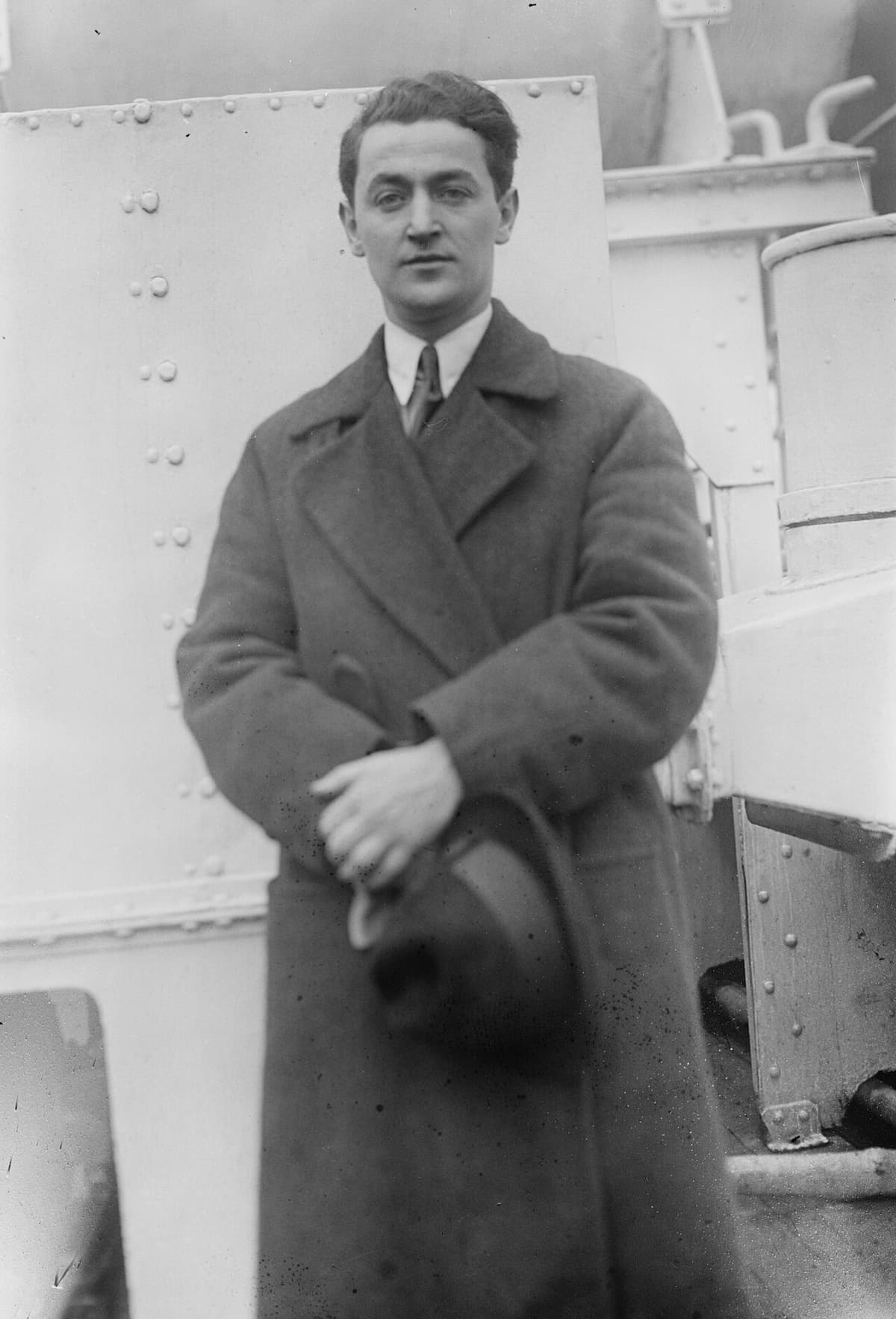
Samuel Dushkin
The Polish-American violinist and composer Samuel Dushkin (1891-1976) initially studied at the Conservatoire de Paris, and with Leopold Auer and Fritz Kreisler. He collaborated closely with Igor Stravinsky on the Violin Concerto, and Stravinsky also composed his Duo Concertante and his Divertimento to play with Dushkin on concert tours. Dushkin also gave the premiere of the orchestral version of Ravel’s Tzigane, and William Schuman composed a dedicated violin concerto for him.
Like other violinists of his time, Dushkin published countless arrangements and transcriptions for violin and piano. As an editor and arranger, he also published a “Sicilienne for strings and clavier” by the blind Maria Theresia von Paradis, and a “Grave for violin and orchestra” by Johann Georg Benda. Most likely both works had actually been composed by Dushkin, who only took credit as the editor. The obvious motive might well have been to increase sales, and with the attribution to the lesser-known Paradis and Benda, the works certainly didn’t raise red flags as might have been the case with an attribution to Haydn or Mozart. Dushkin never admitted his authorship, so there might still be some room for discussion.
Samuel Dushkin: “Grave” for violin and orchestra, (attr. Johann Georg Benda)
The Goldstein Revenge
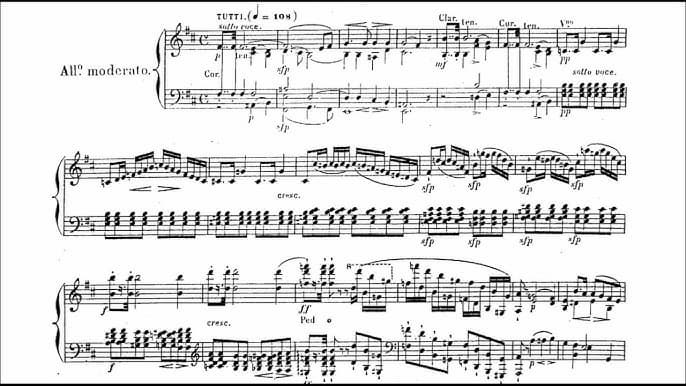
Mykailo Goldstein/Nikolay Ovsianiko-Kulikovsky: Symphony No. 21
Ukrainian-born violinist, conductor and composer Mykailo Goldstein (1917-1989) gave his first public concert performance at the age of eight, but after an injury to his left hand, he turned to teaching and composition. One of his compositions, a Fantasy on Ukrainian themes got savaged by a critic who claimed that “Jews could never understand Ukrainian culture and have no right to use it.” Apparently, Goldstein replied that Beethoven also used Ukrainian themes in his Razumovsky Quartets, to which the same critic replied “Beethoven was not a Jew.”
To prove the critic wrong, Goldstein invented the Ukrainian composer Nikolay Ovsianiko-Kulikovsky and provided him with a detailed biography. Supposedly, Kulikovsky came from an aristocratic family, and in 1809 he composed a Symphonie No. 21 in G minor, with an inscription “for the dedication of Odessa Theatre.” Goldstein announced the discovery of the manuscript, and it immediately caused a great deal of excitement in Soviet musical circles. Here, after all, was proof that the Ukraine had produced a composer comparable to Joseph Haydn. It was performed by major orchestras and conductors, and the work and fictitious composer were included in the Great Soviet Encyclopaedia. Goldstein was shocked that his hoax went undiscovered, and came forward to claim the work as his own. The initial reaction from the authorities was even more shocking, as it concluded that neither Ovsianiko-Kulikovsky nor Goldstein had written the symphony. It actually took a criminal investigation in the late 1950s to confirm Goldstein’s authorship.
Mykailo Goldstein: Symphony No. 21 (attr. Ovsianiko-Kulikovsky)
The Vavilov Mystification
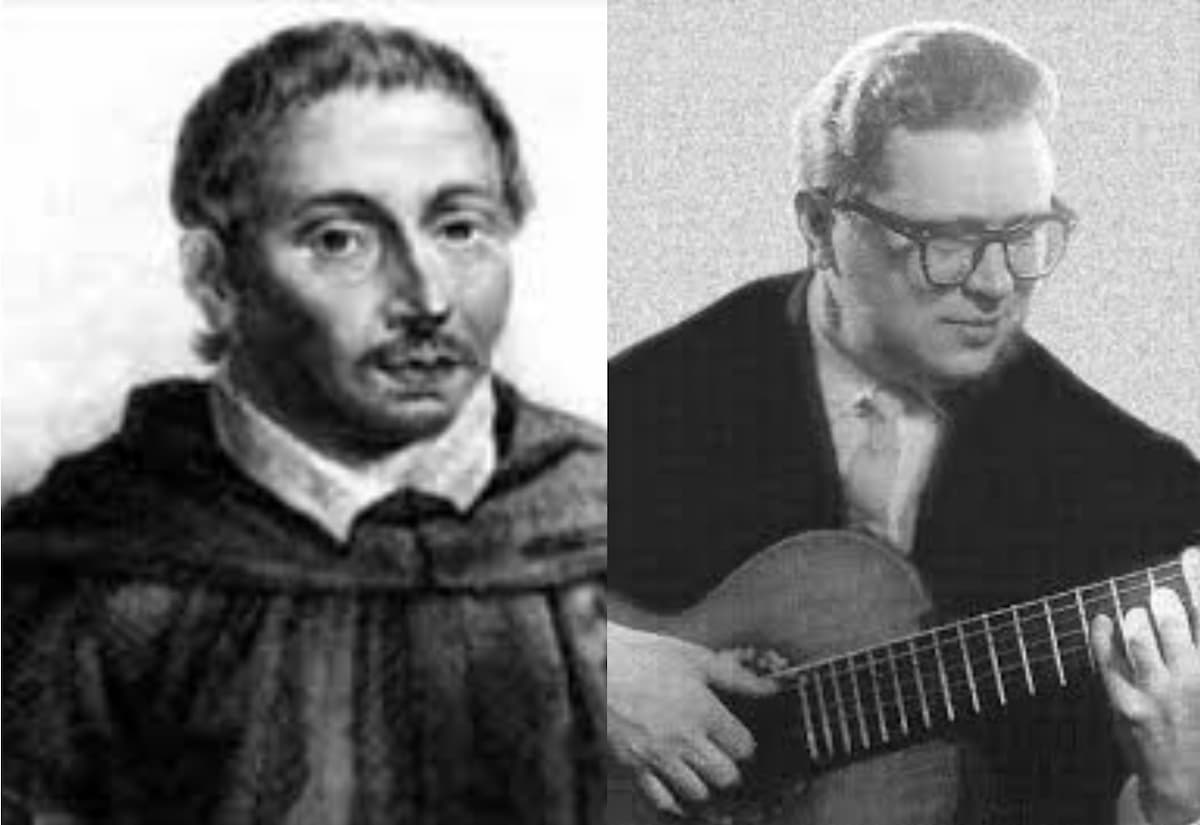
Giulio Caccini/Vladimir Vavilov
Vladimir Vavilov (1925-1973) was a Russian guitarist, lutenist and composer. A student at the Rimski-Korsakov Music College in Leningrad, he was highly active as a performer, and also as a music editor of a state music publishing house. Most importantly, however, he was also an accomplished and gifted composer. Vavilov had a great sense of humour as he routinely ascribed his own works to other composers, usually masters from the Renaissance or Baroque.
Vavilov composed the “Ave Maria” around 1970, and he himself published and recorded the piece on the Melodiya label. At that point, the work was ascribed to “Anonymous.” It is generally believed that organist Mark Shakhin, one of the performers on the original Melodiya LP, first ascribed the work to early Baroque master Giulio Caccini after Vavilov’s death. In no time, the piece became a worldwide mega-hit. As to the reason for this mystification, Vavilov’s daughter Tamara explained, “My father was convinced that the self-taught works of unknown composers with the trivial name “Vavilov” would never be published. But he really wanted his music to reach the audience and he went so far as to give all the glory to medieval composers and unknown authors.”
For more of the best in classical music, sign up for our E-Newsletter


Re: Nanny-Dragonetti: Stuart Sankey would have been 15 years of age when Nanny died. I doubt that they collaborated on this ruse although Sankey did later edit and promote the ‘fake’ concerto.
How anyone didn’t realise that the supposed work the Ave Maria was composed by Giulio Caccini was an old master work. The problem I have with it is actually sounds like a modern construct. In the 70s there was a tv programme called a bouquet of barbed wire. It sounds too similar in harmony. The first time I heard it on classic fm I didn’t know of its provenance but I thought it was a piece of music that had been composed for a 70s film but obviously surprised to it was written by a baroque composer. I am thinking no way was this composed in the baroque period it sounds wrong and when I read a little further down in the article I found out about the deception. I don’t claim to be a composer, musicologist, higher authority on baroque music but from my time as a chorister and lay person in the back rows we obviously sang a lot of Latin/baroque works and this just didn’t fit right with the music of the time. With the Albinoni Adagio it is passable because Giazzotto was the go person on Albinoni and his works. He knew them inside out except when you actually listen to the works of Albinoni there’s a problem. Albinoni didn’t write music like that. I just wonder how many more works are out there written by modern instrumentalists or composers as though they were baroque composers 🤔